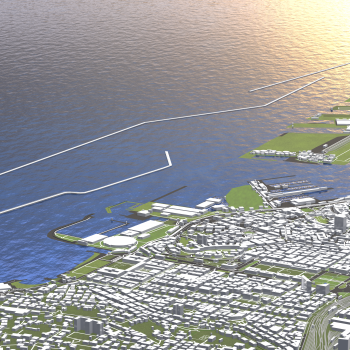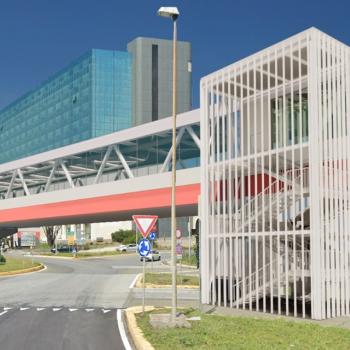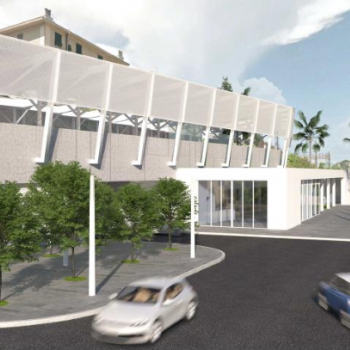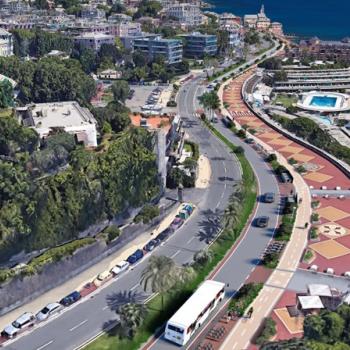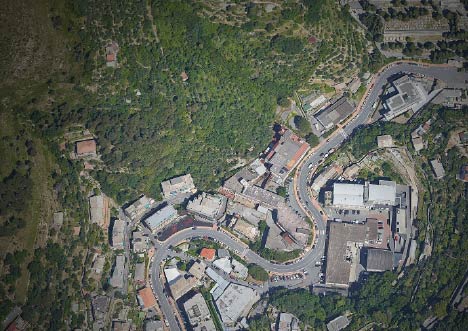
- 24 Jan, 2025
- Urban Regeneration
The Transformation Districts identify urban areas designated for complex interventions aimed at radically transforming the physical appearance and functionality of significant portions of the municipal territory. These areas are often characterized by abandoned industrial zones, public or private structures that have outlived their purpose, or neglected urban spaces. Through the Urban Plan, these zones undergo deep renewal, creating new opportunities for development.
The preliminary analysis of these areas considers several key aspects: the district’s specific objectives, surface area, sectors of intervention, implementation methods, cadastral details, opportunities and constraints for economic operators, as well as considerations for landscape, architectural, and archaeological protection. Additionally, a SWOT analysis (Strengths, Weaknesses, Opportunities, and Threats) is conducted to outline innovative planning guidelines.
A Simplified Procedure
In 2023, the Municipality of Genova simplified the procedures for implementing these areas compared to regional regulations. Notably, building permits for these transformations can now be obtained directly through a simple service conference lasting just 45 days.
Urban-scale planning, which is preparatory to the realization of individual lots, is required only when deemed necessary for particularly impactful interventions. Recovery projects for existing buildings, however, are exempt from this requirement, aligning with the core principle of the Urban Plan: “Building on the built.”
Genova 2050: A Strategic Vision for the Future
The Genova 2050 Action Plan embodies an ambitious long-term project aimed at transforming the city into a model of innovation, resilience, and sustainability. With strategic goals such as sustainable urban regeneration, the adoption of advanced technologies, energy transition, climate change adaptation, and the promotion of social inclusion, Genoa is preparing to face global challenges, including climate change and the shift toward a sustainable energy future.
The Transformation Districts become the core of this strategy, with interventions that not only improve urban planning but also transform these areas into true Positive Energy Districts (PEDs)—districts that generate more energy than they consume.
Objectives of Positive Energy Districts (PEDs)
- High-energy-efficiency buildings, powered by renewable sources such as solar and wind energy.
- Resource management systems, including water and waste, designed for reuse and sustainability. Optimized infrastructures that reduce emissions and improve urban quality of life.
- Climate-adaptive areas, designed to mitigate the effects of climate change, with solutions such as green spaces integrated with natural drainage functions and urban heat mitigation.

